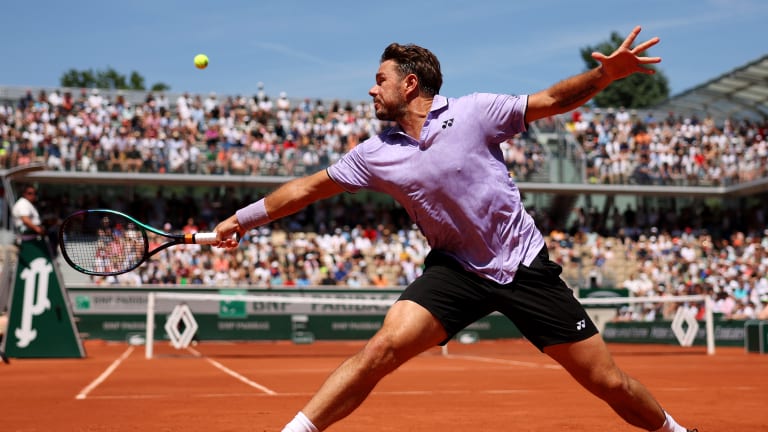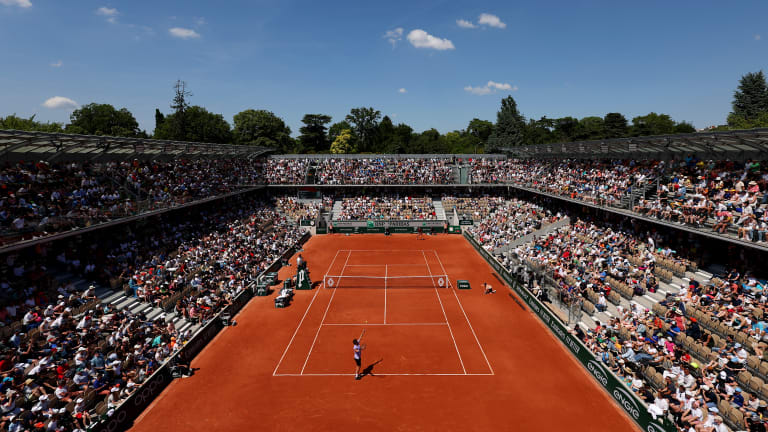Roland Garros
It was leg day for Stan Wawrinka, who fell in five but again defined success at Roland Garros
By May 31, 2023Roland Garros
Was the Carlos Alcaraz-Jannik Sinner Roland Garros match the best ever played?
By Jun 13, 2025Roland Garros
Who were the winners and losers at 2025 Roland Garros?
By Jun 09, 2025Roland Garros
Carlos Alcaraz and Jannik Sinner played the match of the decade, and maybe the century, at Roland Garros
By Jun 09, 2025Roland Garros
PHOTOS: Carlos Alcaraz captivates Chatrier with trademark joy after improbable Roland Garros title defense
By Jun 09, 2025Roland Garros
Carlos Alcaraz saves three match points, tops Jannik Sinner in longest Roland Garros final of Open Era
By Jun 08, 2025Roland Garros
Aryna Sabalenka clarifies controversial Coco Gauff claim: "Can't pretend it was a great day"
By Jun 08, 2025Roland Garros
Coco Gauff counters Aryna Sabalenka's Roland Garros claim by saying she 'wanted' Iga Swiatek in final
By Jun 08, 2025Roland Garros
2025 Roland Garros men's final preview: Carlos Alcaraz vs. Jannik Sinner
By Jun 07, 2025Roland Garros
PHOTOS: Coco Gauff celebrates Roland Garros title with parents, toasts champagne at Tennis Channel set
By Jun 07, 2025It was leg day for Stan Wawrinka, who fell in five but again defined success at Roland Garros
The former champion played the 56th fifth set of his career—the most of any active player—but fell gamely to Thanasi Kokkinakis.
Published May 31, 2023
Advertising

What places Wawrinka’s legs have taken him, through 888 ATP Tour matches—including 56 five-setters, the most of any active player.
© Getty Images
Advertising

Court Simonne-Mathieu was packed on a flawless day in Paris.
© Getty Images